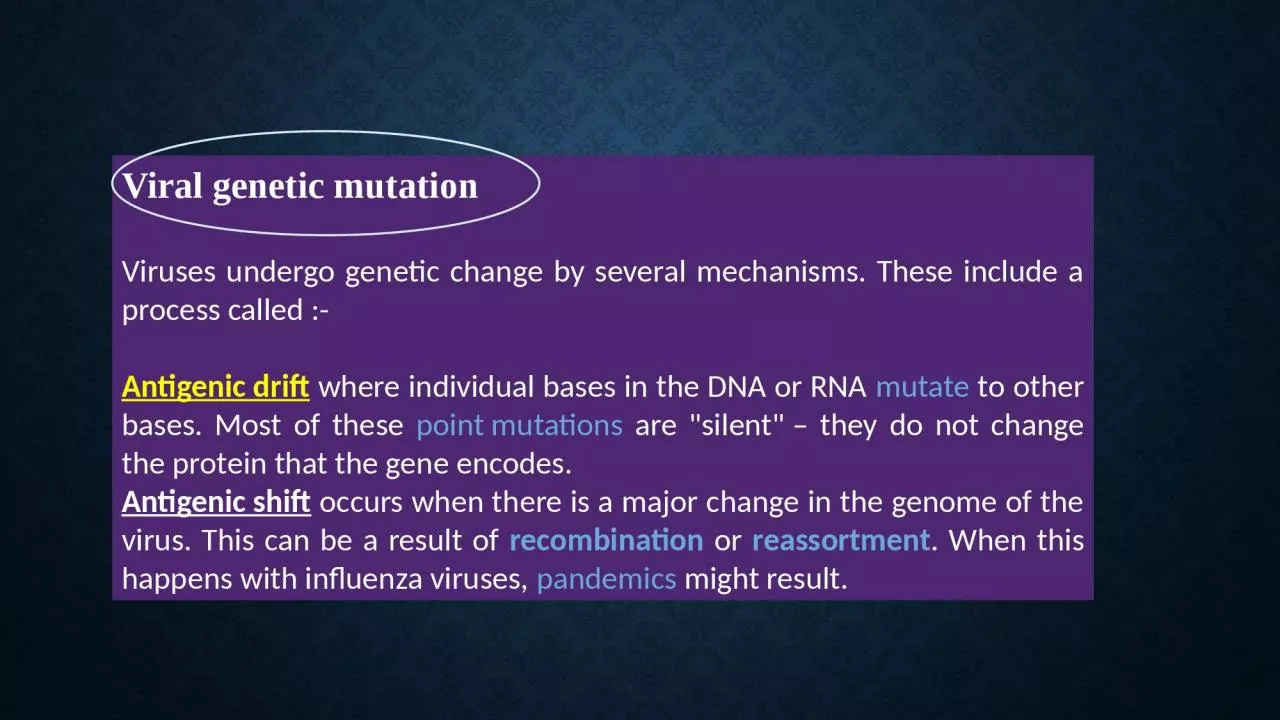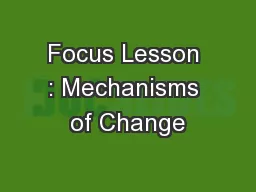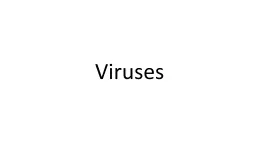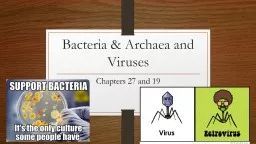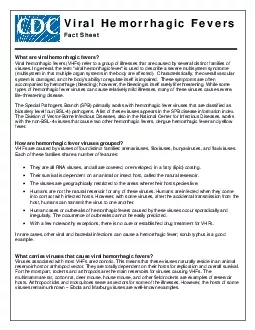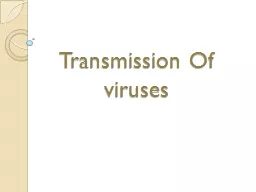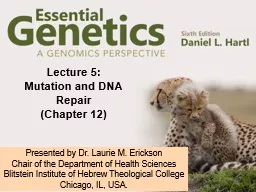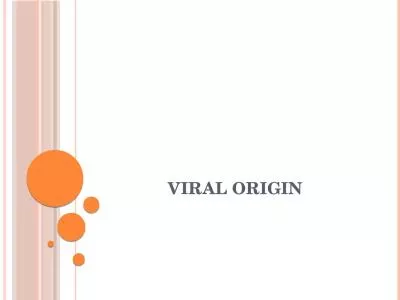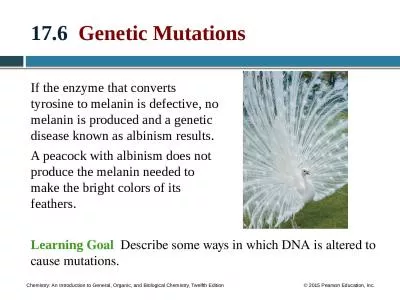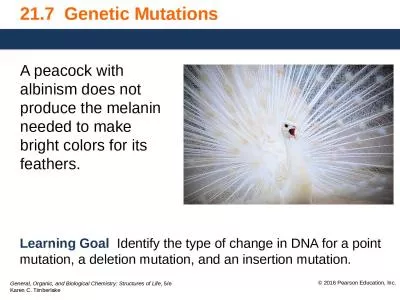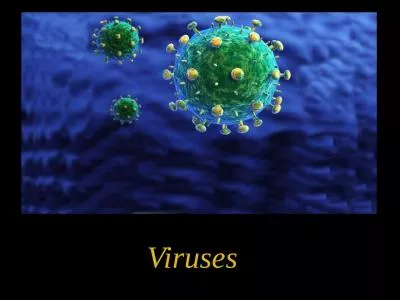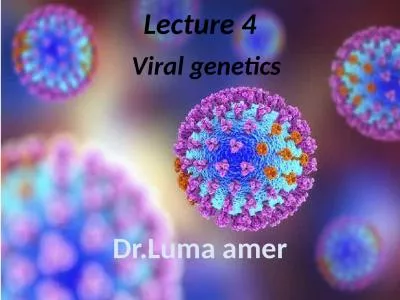PPT-Viral genetic mutation Viruses undergo genetic change by several mechanisms. These include
Author : jade | Published Date : 2023-08-25
Antigenic drift where individual bases in the DNA or RNA mutate to other bases Most of these point mutations are silent they do not change the protein that
Presentation Embed Code
Download Presentation
Download Presentation The PPT/PDF document "Viral genetic mutation Viruses undergo g..." is the property of its rightful owner. Permission is granted to download and print the materials on this website for personal, non-commercial use only, and to display it on your personal computer provided you do not modify the materials and that you retain all copyright notices contained in the materials. By downloading content from our website, you accept the terms of this agreement.
Viral genetic mutation Viruses undergo genetic change by several mechanisms. These include: Transcript
Download Rules Of Document
"Viral genetic mutation Viruses undergo genetic change by several mechanisms. These include"The content belongs to its owner. You may download and print it for personal use, without modification, and keep all copyright notices. By downloading, you agree to these terms.
Related Documents

